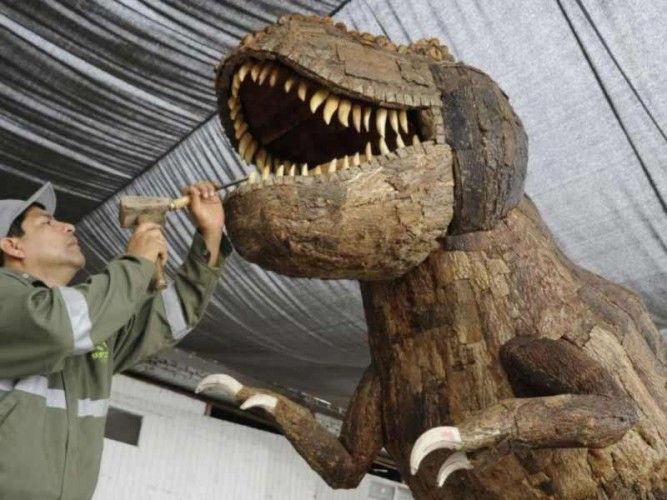During colonial times often referred to as the “City of Gardens”, today the Peruvian capital Lima could rather be name city of concrete, asphalt, dirt and dust. Accessible green urban spaces and trees are rare and mainly concentrated in the “better” districts such as San Isidro, Miraflores and San Borja.
According to LimaComoVamos there are only 3.25m2 (35 sqft) of green spaces in Lima per person and by far too few trees – there is no official data for the whole city, in San Borja there are about 40,000 trees, in San Isidro 30,000 and in Miraflores 27,600. Yes, there are urgently needed projects here and there to make Lima greener and to plant trees such as “Planta un arból, nace un vida” (Plant a tree and a life is born) or less regular initiatives to plant more trees such as the ones in Miraflores and San Isidro last Friday for the Tree Day.
But still when comparing with other larger Latin American cities, the 3.25m2 (35 sqft) of green per inhabitant ranges below average, so does Lima’s Green City Index. The World Health Organization (WHO) even recommends at least 9 m2 (nearly 100 sqft) per capita for a sustainable and healthy living, a number which numerous other metropolitan cities around the globe such as London (27 m2 / 300 sqft) or New York (23 m2 / 250 sqft) – both cities chosen due to the similar number of inhabitants - easily offer.
So, any green areas or trees in Lima having to give way to yet another new building project or the expansions of a highway is not only sad, but worsens an already bad situation even more. Nevertheless, when trees are sick, infected or endanger people there is no way around cutting them down.
The municipality of Lima’s district Surco just recently announced that they have to fell 17 of such trees, all older than 40 years. But not only will they be replaced immediately by new ones from a native species, but the municipality also will use the wood to make sculptures of dinosaurs, rhinos, birds, Incas, etc.
These carved wooden sculptures will then be exhibited together with other objects made of recyclable materials on the streets of the district as part of the Eco Surco program. While this won’t make the city greener, it sure makes it more beautiful and shows the recycling efforts of the district.


